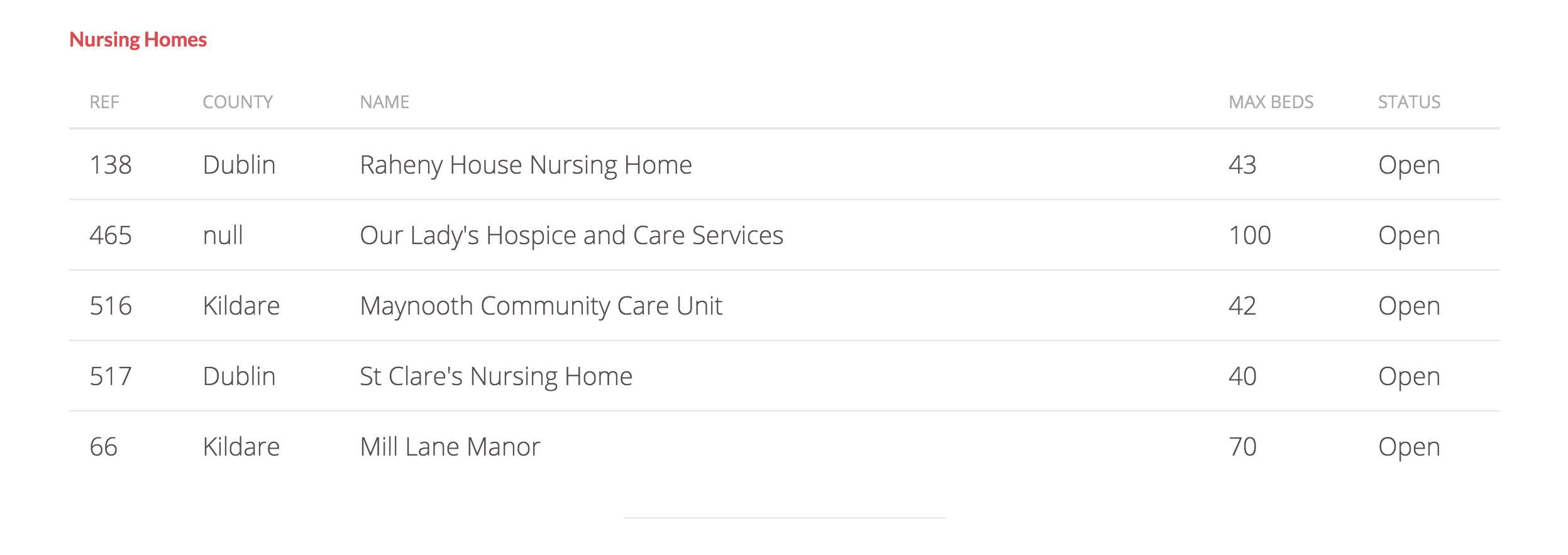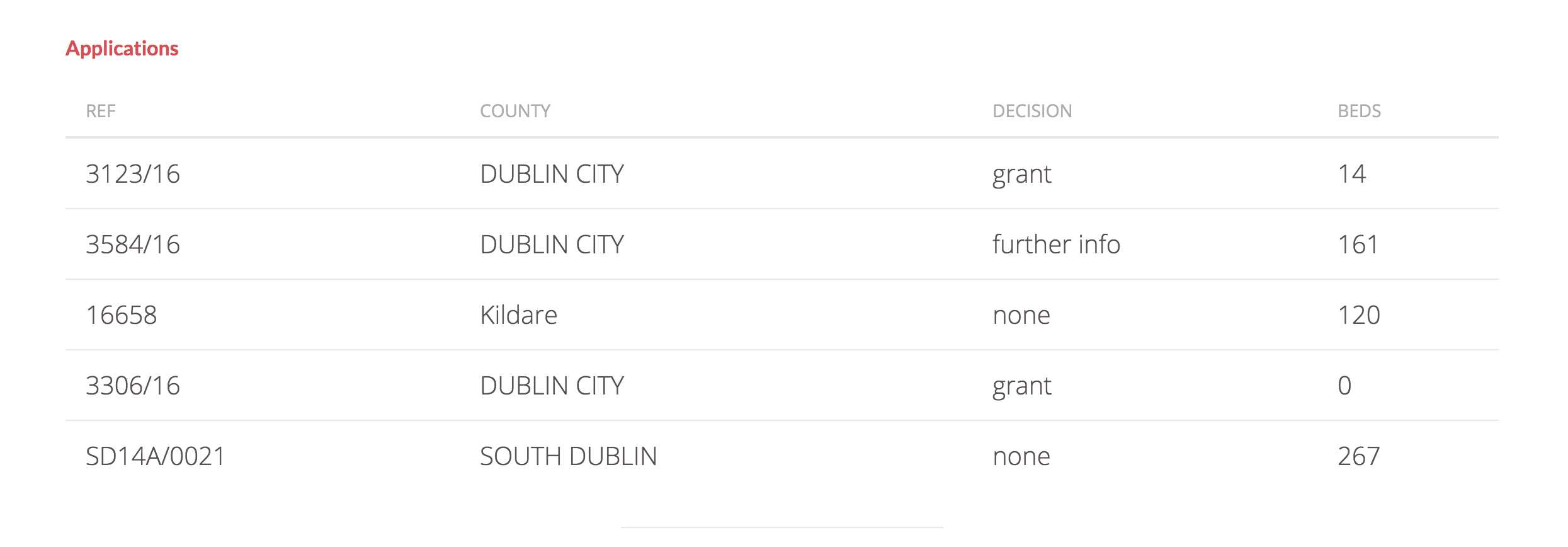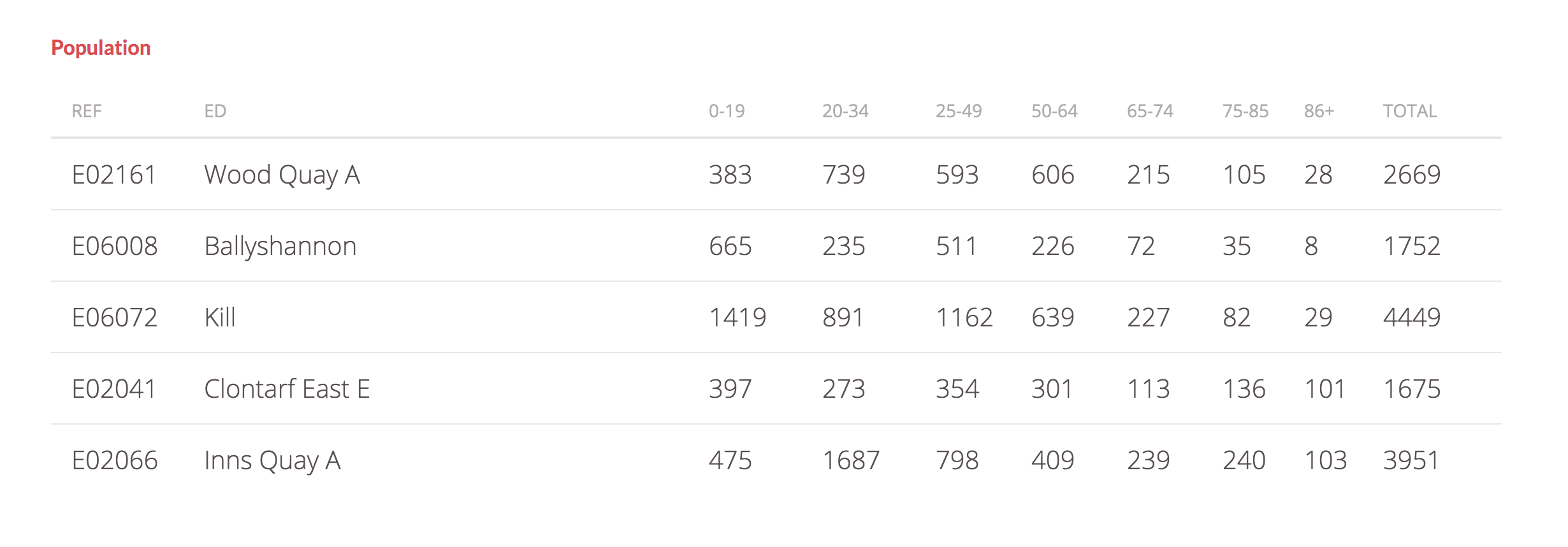Numerous reports and academic papers in an Irish context have sought to empirically predict the number of nursing home bed spaces which will be required in order to service Ireland’s ageing population.
We set out a number of the metrics which have been put forward and how PHR has applied these in determining an evidence based response to the absence of capacity in the State’s long term care sector. In addition, we explore the manner in which long term care places are funded in Ireland through the ‘Fair Deal’ scheme.
In 2012, Ragab et al1, posited that the greatest challenges posed to the Irish healthcare system in terms of service provision comes from a component of the population which are categorised as being ‘frail’. This categorisation relates to older people ‘characterized by suffering from an array of medical conditions that individually may be curable, but collectively create an overwhelming and complex burden of disease’. The percentage of this category of older people aged 65+ is posited as being between 18 to 20 percent of that population cohort.
While not all of this group will required beds in long term care facilities, the rate of expansion mooted for this cohort is such that without sufficient forward planning, the absence of capacity in Ireland’s nursing home sector will pose a major challenge to the manner in which the State supports citizens as they grow older.
While we await the publication of Census 2016 returns, we are still reliant on Census 2011 projections. On the basis of the population criteria set out above, applied on the M1F1 2011 based census projection, a potential market of 124,902 older people exists for the provision of some level of care outside of a hospital setting.
Given that PHR estimates that there are just over 30,000 beds in the State’s 608 public and private sector nursing homes, there is a need to closely monitor the adequacy of supply versus the demands of an expanding older population cohort.
Conversely, the Organisation for Economic Co-operation and Development (OECD) has put forward an average based on data collated from the organisations member countries. In 2008 there were approximately 47 long-term care beds per 1000 population over the age of 65 in Ireland, with the OECD average being 44.5 beds (OECD Health Data, 2010)2.
On the basis of the OECD’s average, this would equate to a need for 27,790 beds within the Irish long term care system when coupled with the M1F1 projection of the population of older people over the age of 65+ in Ireland in 2016. Given the aforementioned supply and consistently high occupancy rates, it can be concluded that demand for long term care beds in nursing home facilities out strips the current supply in the system.
Notwithstanding the particular metrics which have been devised and applied by different stakeholders, what is clear is that in order to undertake a study of the feasibility of the development of long term care beds, a comprehensive socio economic and planning assessment is required.
To that end, PHR’s analysis of Ireland’s population, nursing home location and capacity data has led to the creation of an interactive and fully interrogable tool which will help decision makers in the public and private sector to make accurate and timely assessments on the needs for nursing home facilities to service current and future demand.
We’ve but together some quick screengrabs to showcase the outputs of our new tool.




 Panacea Health Research
Panacea Health Research